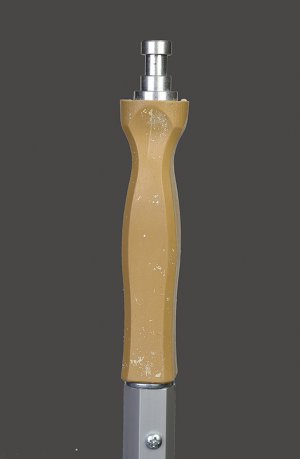Did you ever consider epoxy or other plastic. I once wanted to adapt the male acme thread on the end of my aluminum boathook to allow a landing net to screw on. I cut the handle off the net leaving about a 2" stub of aluminum tubing. I plugged the bottom end of it, and filled it mostly full of epoxy resin and inserted the well waxed end of the booathook thread into it and set it up in a vertical position to cure. It screwed off fine and served me well for many years until I tried to land a good sized barracude when the boat was travelling too fast.
Michael
An interesting idea, Michael, but not applicable in this instance. Doing as you suggest would require boring out the existing 5/8" (approximately) diameter sockets I'm working with to accommodate the 3/4" Acme thread. These devices still need to mount on standard 5/8" photo baby pins. If the sockets were bored and epoxy filled to conform to the Acme thread, when attached to standard baby pins, the strength and integrity of the mount would rely totally on the strength of the internal formed epoxy Acme mold. Considering the potentially high value payload, I think only a tapped all metal socket will do. Thank you for the suggestion, though. It goes into the memory bank for future use.


